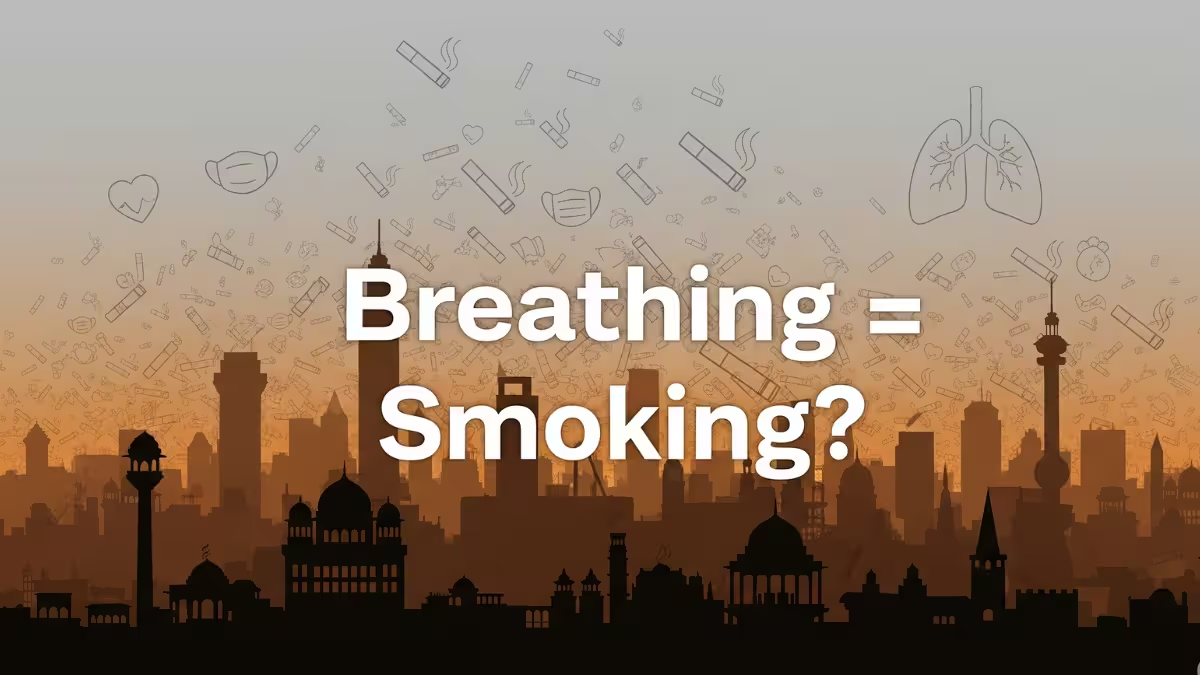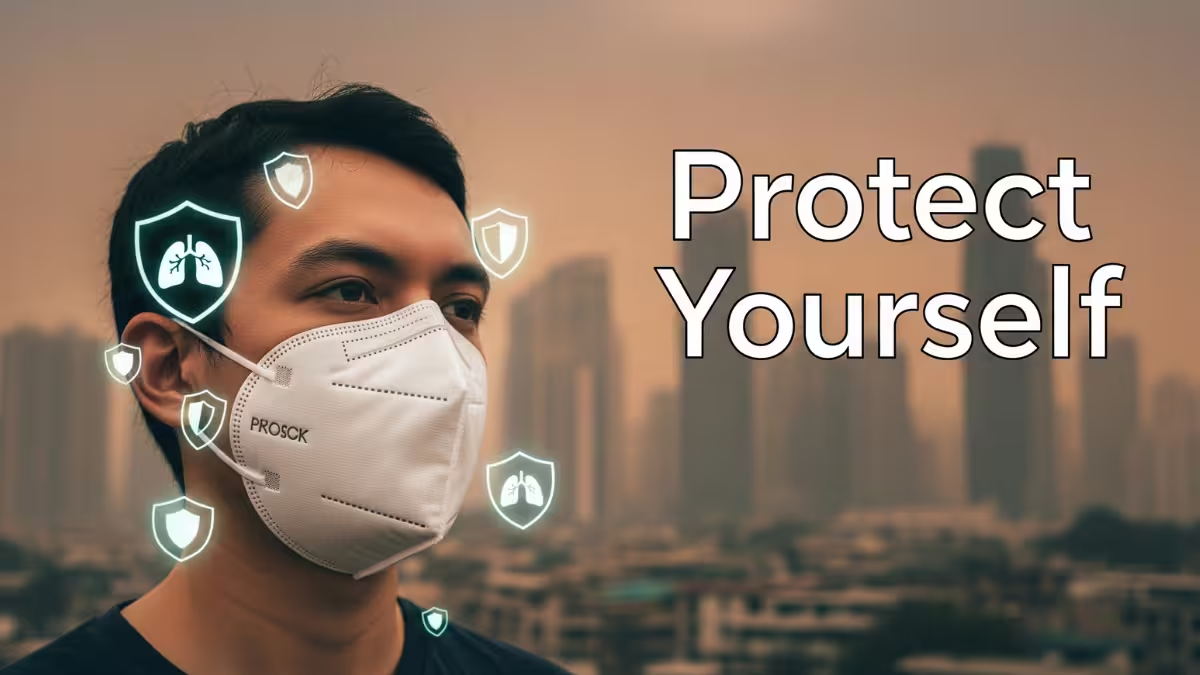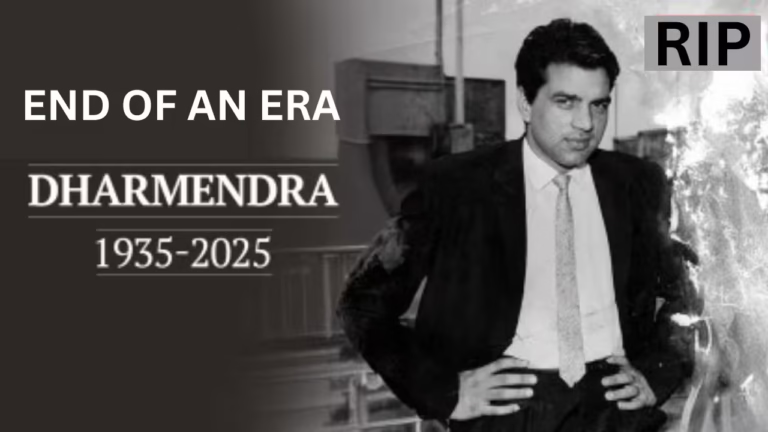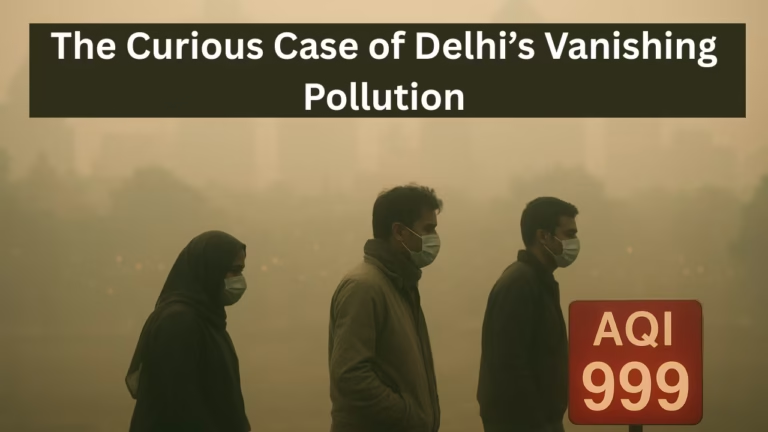
Breathing polluted city air can be as harmful as smoking multiple cigarettes a day.
Published on: August 10, 2025 at 22:19
Every day, with each breath, you could be unknowingly ‘smoking’ invisible cigarettes. The formula is simple:
PM2.5 (µg/m³) ÷ 22 ≈ cigarettes per day—you can calculate how many cigarettes worth of pollution you’re inhaling. In some cities, the air you breathe is as harmful as lighting up a pack or more a day. Curious how bad the air is where you live—and what you can do about it? Let’s break it down.
What Are You Really Breathing?

Introduce PM2.5 and how it’s measured. Use the common rule of thumb: “22 µg/m³ PM2.5 ≈ one cigarette per day”—based on Berkeley Earth research. Explain how this conversion simplifies the invisible threat, making it tangible.
PM2.5 refers to particulate matter less than 2.5 microns in diameter — so small it can enter your bloodstream through your lungs. Long-term exposure is linked to lung cancer, heart disease, and shortened lifespan.
The “cigarette equivalent” concept comes from research by Berkeley Earth, which compared the cardiovascular impact of PM2.5 exposure to smoking. While the equivalence is an approximation, it’s a powerful way to make pollution’s impact tangible for the public.
Also Read: Anterolateral Infarct: Critical Causes, ECG Findings, Symptoms & Treatment
Daily Cigarette-Equivalent Exposure in Major Indian Cities
Here’s how some of India’s major cities rank, based on their average PM2.5 levels and calculated cigarette equivalents: CPCB & BERKELEY HEALTH
| City | Cigarettes Equivalent per Day | PM2.5 (µg/m³) – Approx. | Source |
|---|---|---|---|
| Delhi | 36 | ~790 (extreme days) / ~87 avg | CREA, Berkeley Earth |
| Mumbai | 16 | ~41.3 | Shunwaste, Berkeley Earth |
| Jaipur | 16 | ~350 (winter peaks) | CPCB data |
| Chennai | 15 | ~330 (winter peaks) | CPCB data |
| Visakhapatnam | 15 | ~330 | CPCB data |
| Patna | 14 | ~308 | CPCB data |
| Kolkata | 8 | ~29 | CREA study |
| Ahmedabad | 8 | ~176 (seasonal) | CPCB data |
| Kanpur | 8 | ~176 | CPCB data |
| Lucknow | 8 | ~176 | CPCB data |
| Bengaluru | 7 | ~154 | CPCB data |
| Hyderabad | 7 | ~154 | CPCB data |
| Jamshedpur | 7 | ~154 | CPCB data |
| Pune | 3 | ~66 | CPCB data |
| Surat | 2 | ~44 | CPCB data |
How to Protect Yourself

If you lived in Delhi in peak pollution season, breathing alone could be like smoking over 700 cigarettes in a month. The health risks are real and immediate.
Ways to reduce your exposure:
-
Check AQI daily using apps like IQAir, BreezoMeter, or CPCB’s official AQI dashboard.
-
Limit outdoor activities on high-pollution days, especially early mornings and late evenings when PM2.5 spikes.
-
Use N95 masks outdoors during severe pollution days.
-
Invest in air purifiers for home and workplace.
-
Support cleaner energy & transport policies in your city.
Air pollution isn’t just an environmental problem — it’s a personal health emergency. Thinking in “cigarette equivalents” makes the danger harder to ignore. Your lungs can’t take a holiday, but your habits can help protect them. Knowing your city’s numbers is the first step — the next is taking action.





